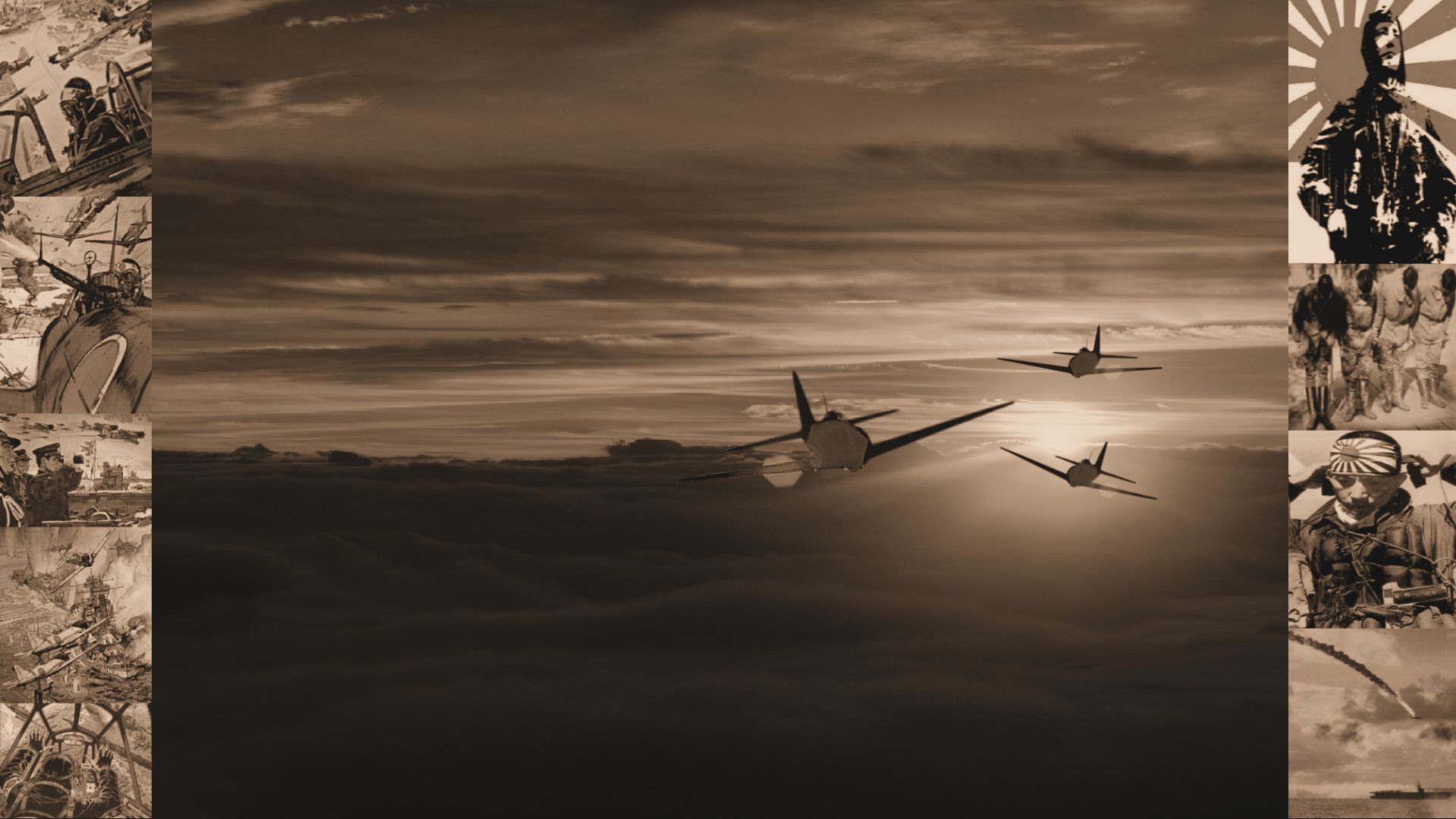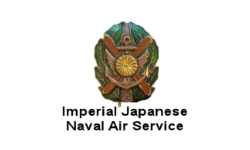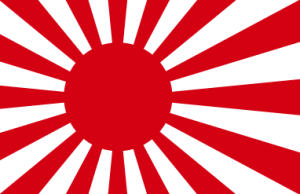



|

|

|

Imperial Japanese Naval Air Service(IJNAS)The beginnings of Japanese naval aviation were established in 1912, with the creation of a Commission on Naval Aeronautical Research (Kaigun Kokujutsu Kenkyukai) under the authority of the Technical Department. The commission was charged with the promotion of aviation technology and training for the navy. The navy purchased two seaplanes from the Glenn Curtiss factory in Hammondsport, New York, and two Maurice Farman seaplanes from France. To establish a cadre of naval aviators and technicians, the navy also dispatched three officers to Hammondsport and two to France for training and instruction. Netween the war years The Japanese navy had closely monitored the progress of aviation of the three Allied naval powers during World War I and concluded that Britain had made the greatest advances in naval aviation. In the First World War, on the 30th of September, 1914, the Wakamiya(a seaplane tender) conducted the world's first naval-launched aerial raids in history and was in effect the first aircraft carrier of the Imperial Japanese Navy. Eventually this organization was responsible for the operation of naval aircraft and the conduct of aerial warfare in the Pacific War. It was controlled by the Navy Staff of the Imperial Japanese Navy and the Navy Ministry. The Imperial Japanese Navy Air Service ('IJNAS') became the air arm of the Imperial Japanese Navy. The Imperial Japanese Navy Air Service was equal in function to the Royal Navy's Fleet Air Arm (FAA), the U.S. Navy's Naval Aviation branch, the Italian Navy's Aviazione Ausiliara per la Marina, or the Soviet Navy's Morskaya Aviatsiya. The Imperial Japanese Navy Aviation Bureau of the Ministry of the Navy of Japan was responsible for the development and training.
Pilot Training The Japanese pilot training program was very selective and rigorous, producing a high-quality and long-serving pilot corps, who were very successful in the air during the early part of World War II in the Pacific. However, the long duration of the training program, combined with a shortage of gasoline for training, did not allow the IJN to rapidly provide qualified replacements in sufficient numbers. Moreover, Japan, unlike the U.S. or Britain, never altered its program to speed up the training process of its recruits. The resultant decrease in quantity and quality, among other factors, resulted in increasing casualties toward the end of the war. War in China (China)The Japanese used their colonies in Formosa and Korea to conduct "transoceanic bombing" against the inland Chinese air bases. The Kanoya Kokutai's bomber daitai (Group), with 18 Mitsubishi G3M Model 21 long-range bombers were integrated into the 1st Rengo Konutai and advanced to Matsuyama airfield located in Taihoku (now Taipei), Formosa. With the lesson learned from the Spanish Civil War, the target for their strategic bombing missions would also include Chinese cities and traffic facilities. In order to achieve a total victory over the Chinese Nationalists, the Japanese planes planned to penetrate Chinese airspace and use superior speed to avoid fighter interception and drop their bombs in safety. The invention of the schnellbomber (fast bomber) was just what the Japanese needed. The Mitsubishi G3M bomber was manufactured in 1934. By equipping two Mitsubishi Kinsei 41 radial engines, the speed of the G3M2 Model 21 bombers could reach a maximum speed of 232 mph and a cruising speed of 173 mph. Compared to the Curtis Hawk-III biplanes flown by the Chinese Air Force with a maximum speed of 225 mph and a cruising speed of 157 mph, the G3M was definitely faster. The Japanese captured Wuhan on October 27, 1938, forcing the KMT to retreat to Chongqing (Chungking), but Chiang Kai-shek still refused to negotiate, saying he would only consider talks if Japan agreed to withdraw to pre-1937 borders. With Japanese casualties and costs mounting, the Imperial General Headquarters attempted to break Chinese resistance by ordering the air branches of the navy and the army to launch the war's first massive air raids on civilian targets. Japanese raiders hit the Kuomintang's newly established provisional capital of Chongqing and most other major cities in unoccupied China, leaving millions dead, injured, and homeless. By 1941, Japan held most of the eastern coastal areas of China and Vietnam, but guerilla fighting continued in these occupied areas. Japan had suffered high casualties from unexpectedly stubborn Chinese resistance, and neither side could make any swift progress in a manner resembling the fall of France and Western Europe to Nazi Germany. Back to TopWorld War II At the beginning of the Pacific war the Imperial Japanese Navy possessed the most powerful carrier force in the world, through combination of excellent ships, well-designed aircraft, and unsurpassed aviators. The Navy Air Service consisted of five naval air fleets. The Japanese had a total of ten aircraft carriers: six fleet carriers, three smaller carriers, and one training carrier. The 11th Air Fleet: contained most of the Navy's land based strike aircraft. One important advantage exercised by the Japanese at the start of the war was their ability to mass carrier air power. In April 1941 the First Air Fleet was created, concentrating the Navy's carriers into a single powerful striking unit. The Kido Butai (Mobile Unit/Force) was the First Air Fleet's operational component. At the start of the war, three carrier divisions made up the Kido Butai. Unlike in the United States Navy where carrier divisions served only in an administrative capacity, the carrier divisions of the Kido Butai were operational entities. The two carriers in a division fought together, often exchanging aircraft squadrons and commanders on strikes. The commander of the Kido Butai could wield the aircraft of its three divisions as a single entity bringing masses of aircraft crewed by highly trained aviators onto a single target.
Post-World War II The Japan Maritime Self-Defense Force, abbreviated JMSDF, also simply known as the Japanese Navy, is the maritime warfare branch of the Japan Self-Defense Forces, tasked with the naval defense of Japan. The JMSDF was formed following the dissolution of the Imperial Japanese Navy (IJN) after World War II.[7] The JMSDF has a fleet of 154 ships, 346 aircraft and 50,800 personnel. 
Common Markings |
|